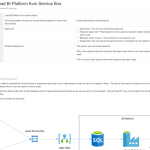This post was originally published here
One of the biggest challenges in integration projects over the years is how to manage the relationship between the implementation of your solution and the documentation describing the intention of the solution and how it works and how to look after it.
We have been through paradigm shifts where projects were writing extensive documentation before a single line of code was written through to the more agile approaches with leaner documentation done in a just in time fashion. Regardless of these approaches the couple of common themes that still exist is:
- How do we relate the documentation to the implementation?
- How do we keep the documentation up to date?
- How do we make it transparent and accessible?
Ever since the guys at Mexia in Brisbane introduced me to Confluence, I have been a huge supporter of using this for integration. I have found the shift from people working over email and in word documents to truly collaborating in real time in Confluence to be one of the biggest factors for success in projects I have worked on. The challenge still remained how to create the relationship between the documentation and the implementation.
Fortunately with Azure we have the ability to put custom tags on most resources. This gives us a very easy way to start adding links to documentation to resources in Azure.
In the below article Ill show how we use this with a Logic Apps solution.
The Resource Group + Solution Level Documentation
In this particular case most of our solution is encapsulated within the resource group. This works great as we can have a document describing the solution. Below shows the confluence page we have outlining the solution blueprint and how it works.
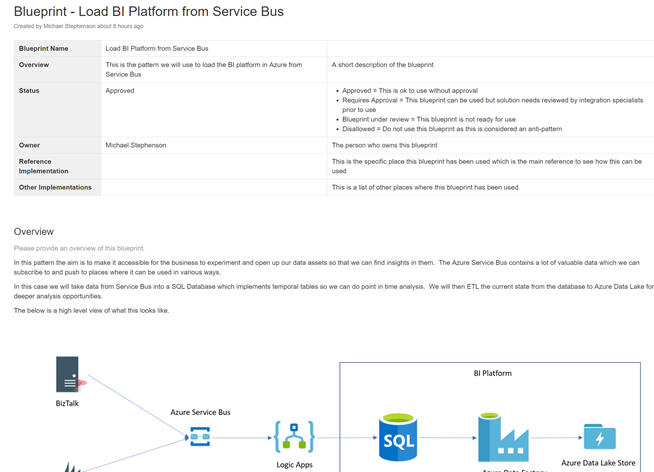
This solution documentation can then be added to the tags of the resource group as shown in the picture below.
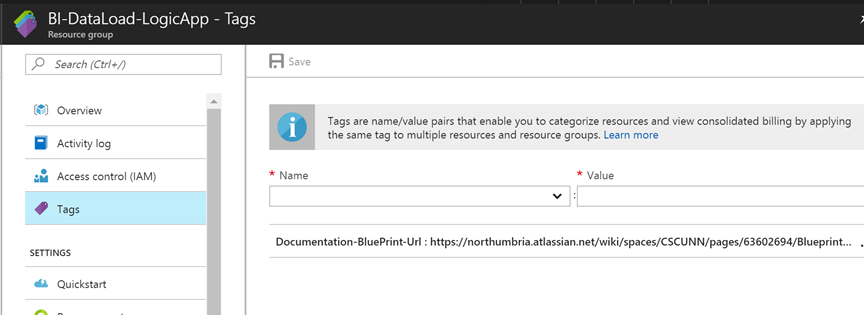
The Logic App + Interface Specific Documentation
Next up we have the interface specification from our interface catalogue. Below is an example page from confluence to show a small sample of what one of these pages may look like. The specification will typically include things like analysis, mappings and data formats, component diagrams, process diagrams, etc.
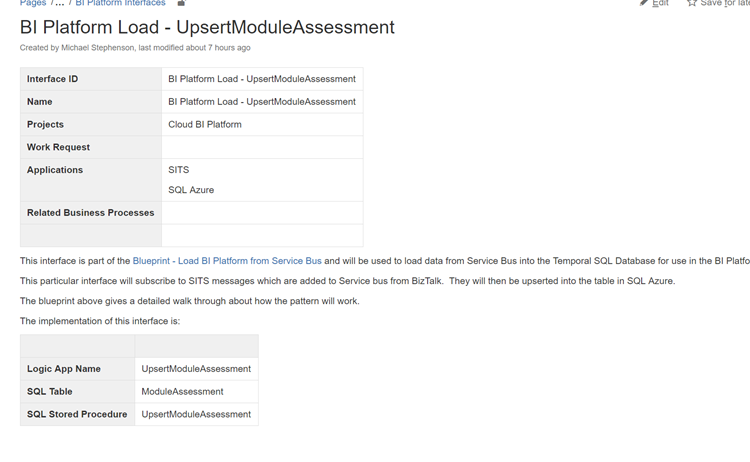
In the logic app we are able to use the tags against the logic app to create a relationship between our documentation and the implementation. In the below example I have added a link to the solution blueprint the locig app implements and also some specific documentation for that interface.

API Connector and Application specific connection documentation
Next up we have application connector and API documentation. In the resource group we have a set of API connectors we have created. In this case we have the SQL one for connecting to our SQL Azure database as shown below.
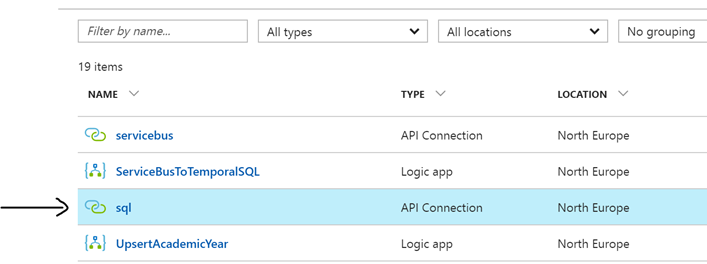
In its tags we can now add a link to a page in confluence where we will document specifics related to this connection.
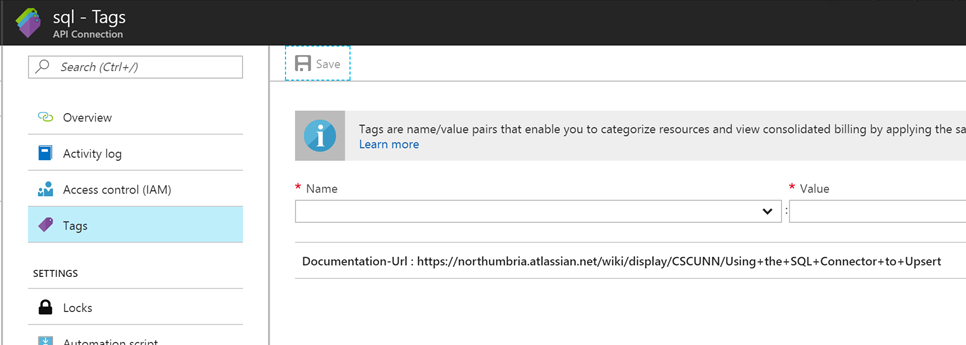
In this particular case one of the interesting things is how we will be using the MERGE command in SQL to upsert a record to the database, we have documented how this works in Confluence and we can easily link to it from the SQL connector. Below is an example of this documentation.
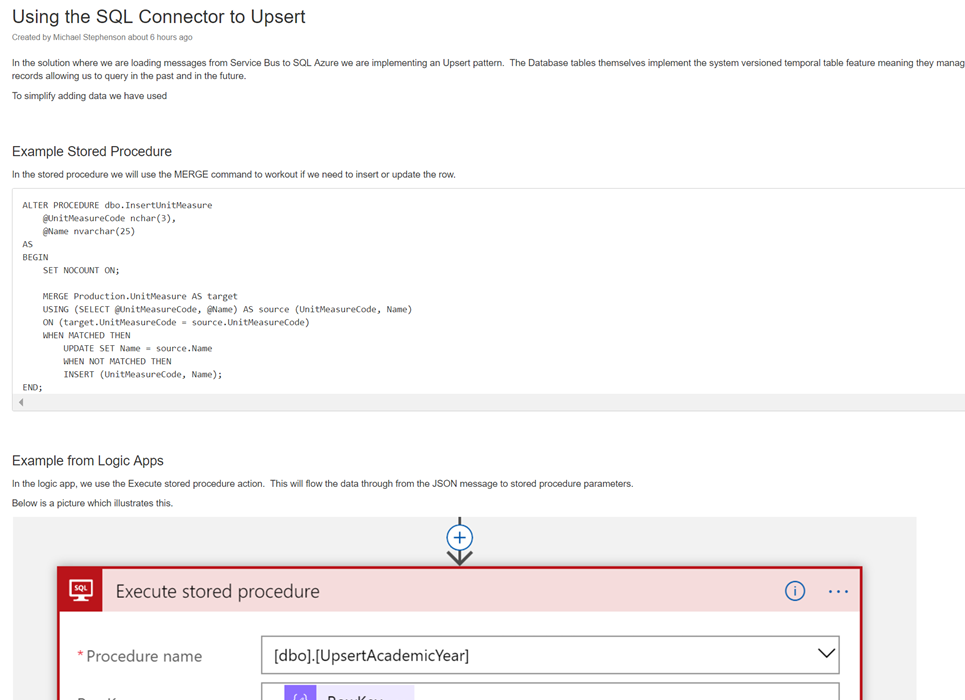
Summary
In summary you can see that tags enables us to close the gap between implementation and documentation/guidance. This is a feature we should be able to use a lot!
